One of the oldest and simplest forms of Italian cuisine, neapolitan pizza, has stood the test of time by remaining as such a favorite among pizza enthusiasts that restaurants across the world have dedicated themselves to solely creating this type of meal.
The everlasting popularity of pizza can be attributed to the fact that the dish can be molded around everybody’s preferences, whether that involves the types of cheese or toppings that they wish to eat. Friends even commonly argue with each other if pineapple truly belongs on pizza. You won’t be able to find many people who have never tried this meal at least once in their lives.
If you’re interested in creating your own version of neapolitan pizza or just want to learn about the history and other information about this delicious dish, we’ll talk you through everything that you need to know!
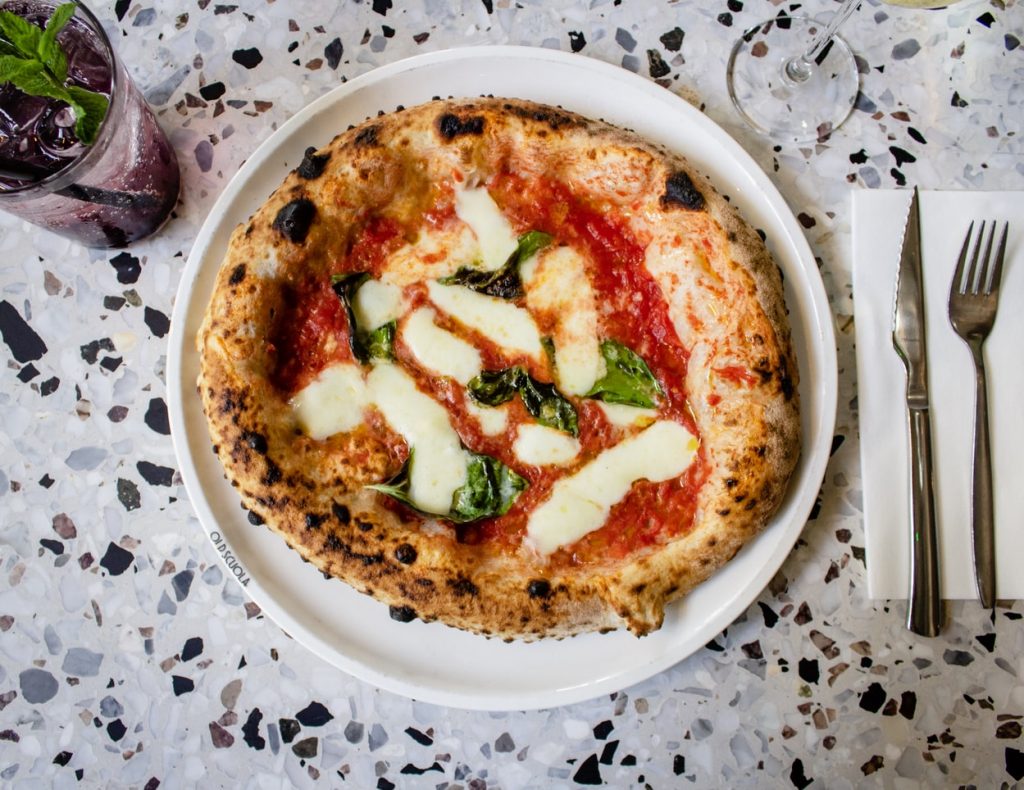
Neapolitan Style Pizza
Neapolitan pizza is also known by its Italian name of pizza Napoletana and Naples style pizza after originating from the city in Southern Italy. It has remained as a popular dish among pizza enthusiasts for its simple ingredients of yeast dough, tomatoes, mozzarella cheese, basil, and olive oil.
This tradition of baking pizzas has even received recognition from UNESCO (United Nations Educational, Scientific and Cultural Organization) in 2017 as part of intangible cultural heritage.
The History of Neapolitan Pizza
After pita was brought to the Italian peninsula by Arabic immigrants, locals created the earliest prototype of pizza Napoletana as flatbread that lacked tomatoes. The fruit was later introduced to the Neapolitan dish after European explorers returned from Peru in the 16th century.
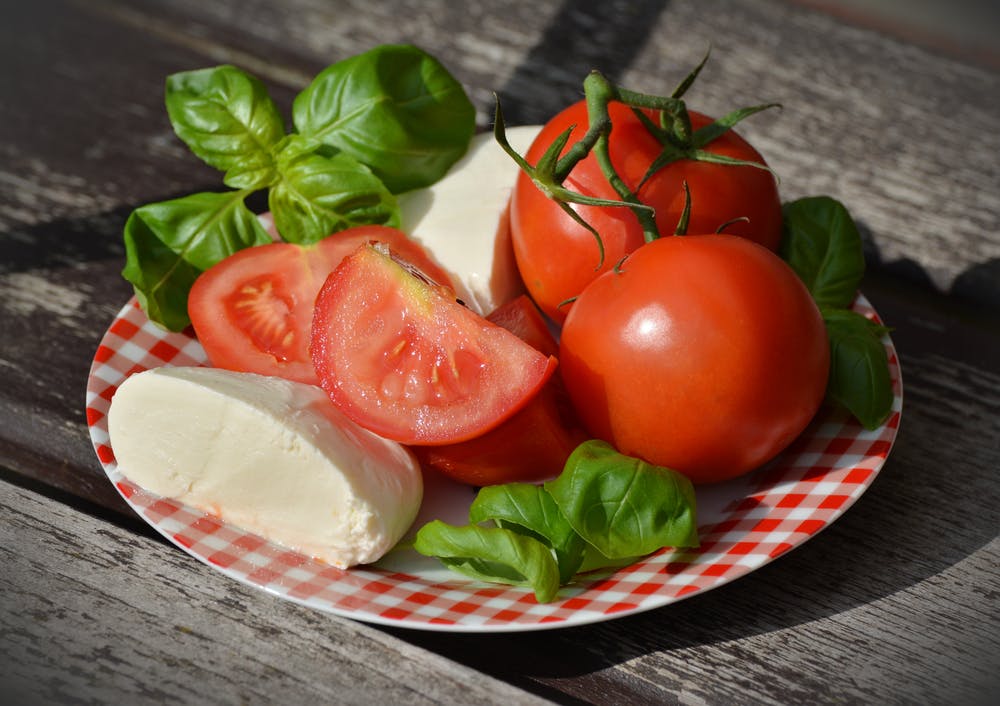
Tomatoes were initially avoided during this time period out of a fear of being poisonous, since the fruit’s acidity mixed with the lead of pewter plates owned by upper-class individuals and eventually caused a significant amount of lead poisoning deaths.
The rise of agricultural societies across America and Europe revealed the truth and Italians started including tomatoes into different kinds of pizza by the 18th century.
After Italy was unified in 1861, King Umberto I and Queen Margherita of Savoy visited Naples. Raffaele Esposito baked them pizza Napoletana in 1889 in honor of the monarchy by mirroring the colors of the Italian flag.
Basil leaves were meant to reflect the green while tomatoes represented the red and mozzarella symbolized the white. This particular style is known as classic neapolitan pizza.
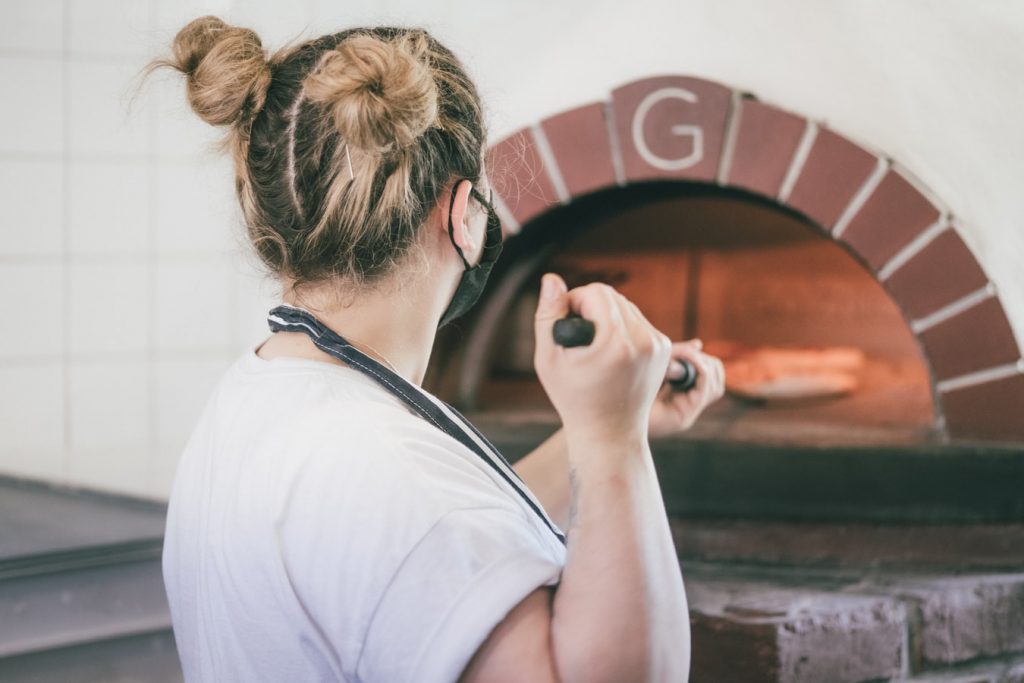
Naples style pizza gave rise to the New York style of pizza that was made by Italian immigrants during the early 20th century. Pizzerias in New York City relied on coal-fired ovens instead of the wood-fired ones in Europe that could reach high temperatures. The transition to gas-powered ovens further separated this type of cuisine from pizza Napoletana.
The long cooking times in New York City meant that fresh mozzarella couldn’t melt properly on the dough and tomatoes so shredded low-moisture mozzarella was needed as its replacement. This switch created a heavier meal that can handle toppings like mushrooms, peppers, ham, and pepperoni that are not found on Neapolitan style pizza.
What makes a Neapolitan Pizza
Pizza Napoletana is made from type 0 or 00 wheat flour for highly refined dough. Fresh brewer’s yeast, instead of its dry counterpart, should be used along mixing salt and water. Authentic neapolitan pizza should be kneaded only by hand or a low-speed mixer.
Skip out on the rolling pin and make sure that the neapolitan pizza dough is no more than three millimeters thick.
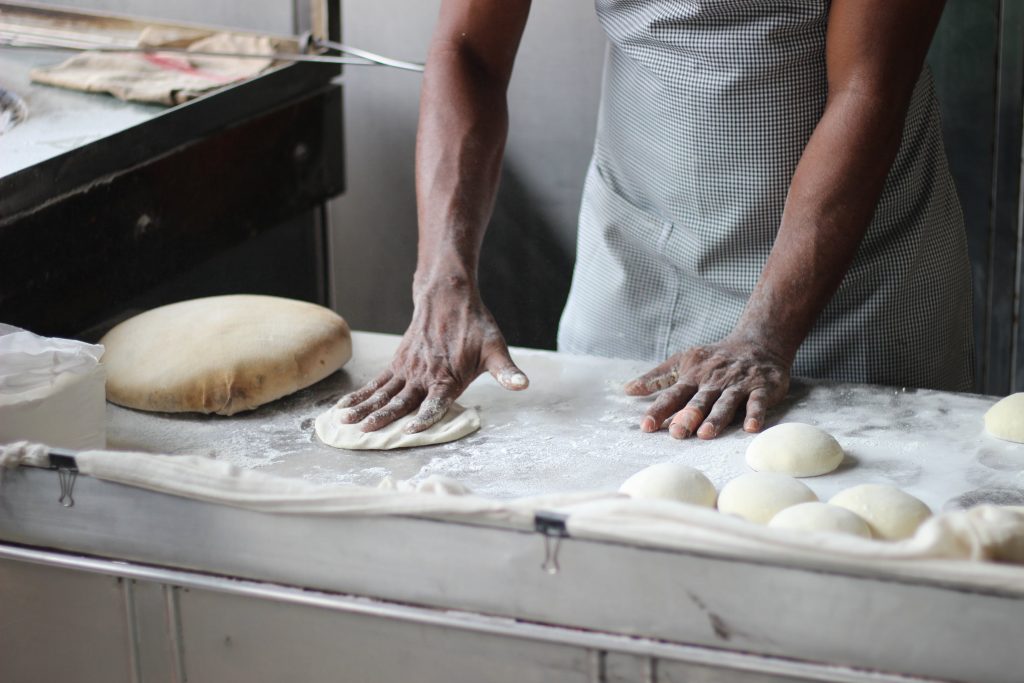
The tomatoes for Naples style pizza should be of the San Marzano variety and originate from the rich volcanic soil near Mt. Vesuvius. Authentic neapolitan pizza can only be topped with mozzarella cheese made from cow’s milk or water buffalo’s milk.
Once the pizza has been prepared, it should be cooked in a wood-fired oven at 900 degrees Fahrenheit (485 degrees Celsius) for no more than three minutes. Pizza Napoletana should be crisp at the bottom with small black char in the size of dimes known as leopard spots. It should not taste burned at all.
Variants of Neapolitan pizza add different ingredients that aren’t necessarily required, but are often incorporated for extra flavor. Pizza mariana blends together garlic and oregano. Pizza bianca adds rosemary instead. American styles tend to incorporate parmesan cheese into Naples style pizza.
How does Neapolitan Pizza Compare to Different Types of Pizza?
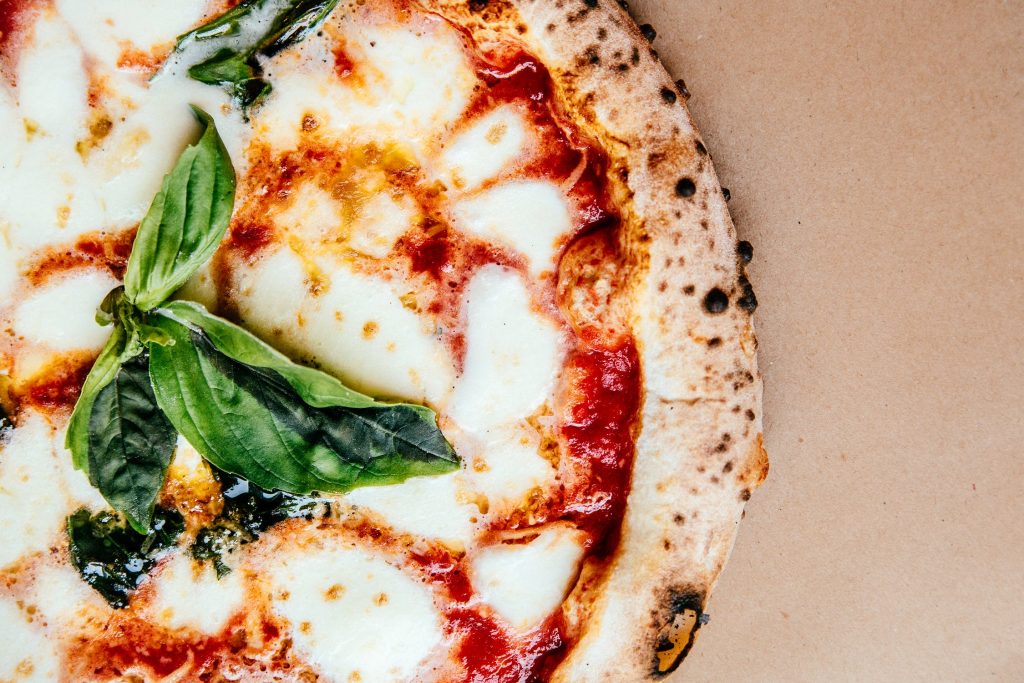
In a world with seemingly endless options of this Italian cuisine, it might be difficult for casual eaters to differentiate pizza Napoletana from different types of pizza. Since Neapolitan pizza doesn’t contain any added sugar, the dish has often been thought to be the most healthy alternative than its other versions.
First-time consumers of Naples style pizza should expect the dish to be more of a soggy consistency since the mixture of tomato sauce and cheese becomes hot and soupy towards the middle. While some people would argue against eating Pizza Napoletana with a fork and knife, pizzerias often provide them to ensure that customers truly enjoy their food.
Neapolitan pizza crust also tends to be crispy and well-risen, appearing thicker than the thin crust found in Roman pizza. Along with having a super thin base, authentic neapolitan pizza contains more sauce than cheese so the meal cannot be cut into slices like its American counterpart.
Pizza Napoletana are purposely baked as smaller dishes, usually from ten to twelve inches in a similar size to frisbee, that becomes reminiscent of personal pizzas that aren’t designed to be shared with others. Neapolitan pizza is a meal that is intended to be eaten right after being taken out of the oven too. If taken home in a box, the meal steams up in the confined space and loses the crispness once becoming too cold.
How to Make Neapolitan Pizza at Home

If you don’t happen to have San Marzano tomatoes or a wood-fired oven available to use for your next meal, all hope isn’t lost for baking a delicious Neapolitan meal. Most home ovens cannot reach the high temperatures of their wood-fired counterparts so many recipes call for waiting six or more minutes for cooking anyways.
BBC provides a written and visual guide for kneading neapolitan pizza dough that is easy to follow for any kind of pizza enthusiast. The writers offer a recipe for pizza mariana as well. The Spruce Eats wrote their own neapolitan pizza recipe for people who prefer using a mixer instead of completing the whole process by hand.
While the dough for the most authentic versions of pizza Napoletana call for waiting a few days before even attempting to bake so that the yeast become super airy, a recipe from the Food Network isn’t nearly as generous with time. Their instructions advise bakers to remove the dough two hours before firing up the oven.
Final Thoughts
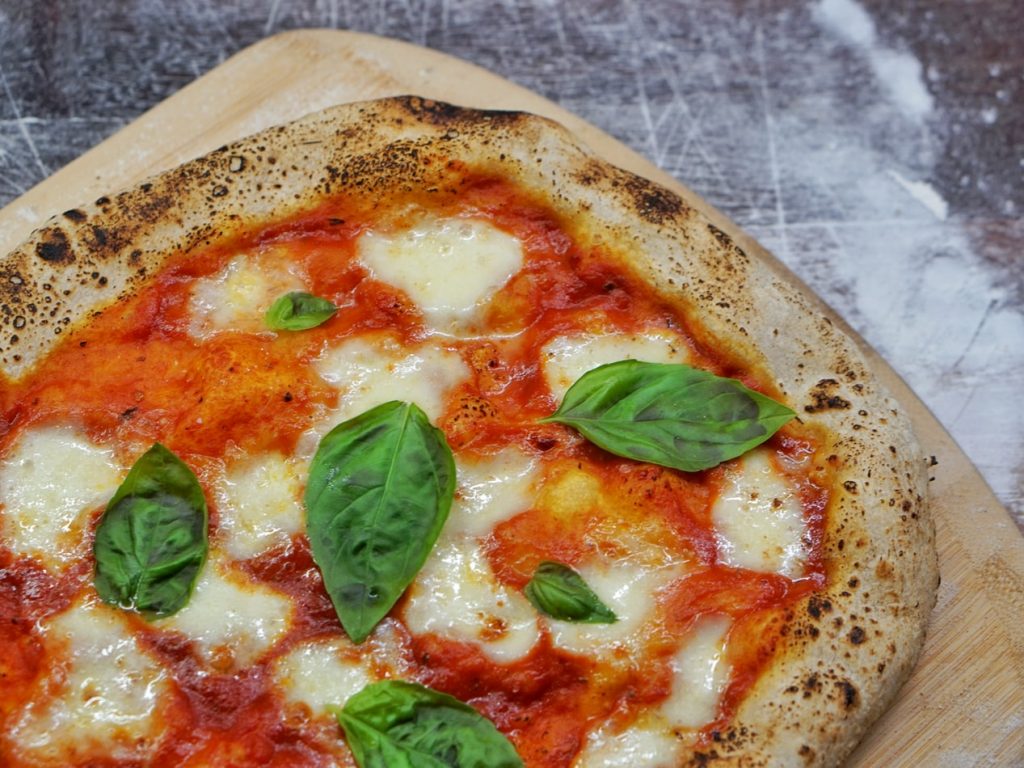
If you’ve decided to make your own version of Naples style pizza after reading about the dish’s history and ingredients, just know that you’re on the path of a centuries-old tradition towards making a delicious meal. Let us know in the comments about what parts of neapolitan pizza sound the most appealing to you!
If you’ve already dined out and experienced a memorable meal with Pizza Napoletana, let us know where and when in the comments!

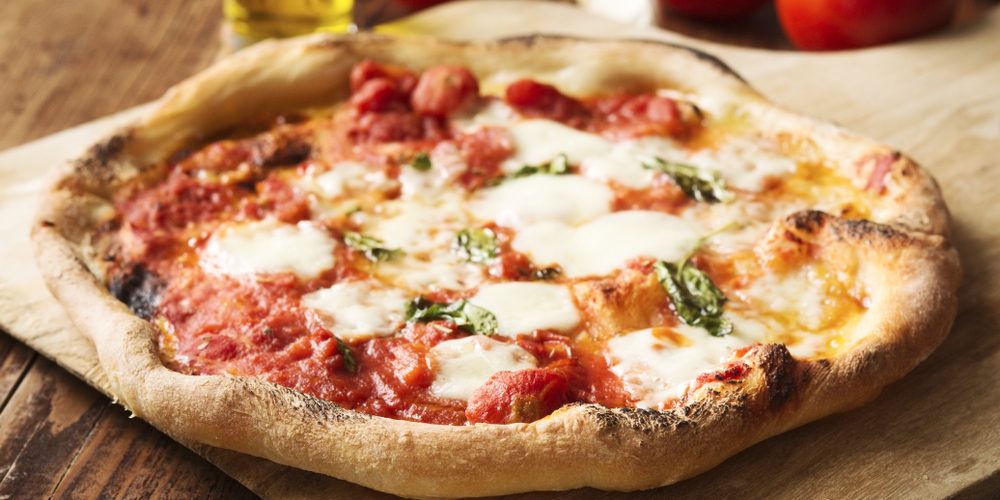





Add comment